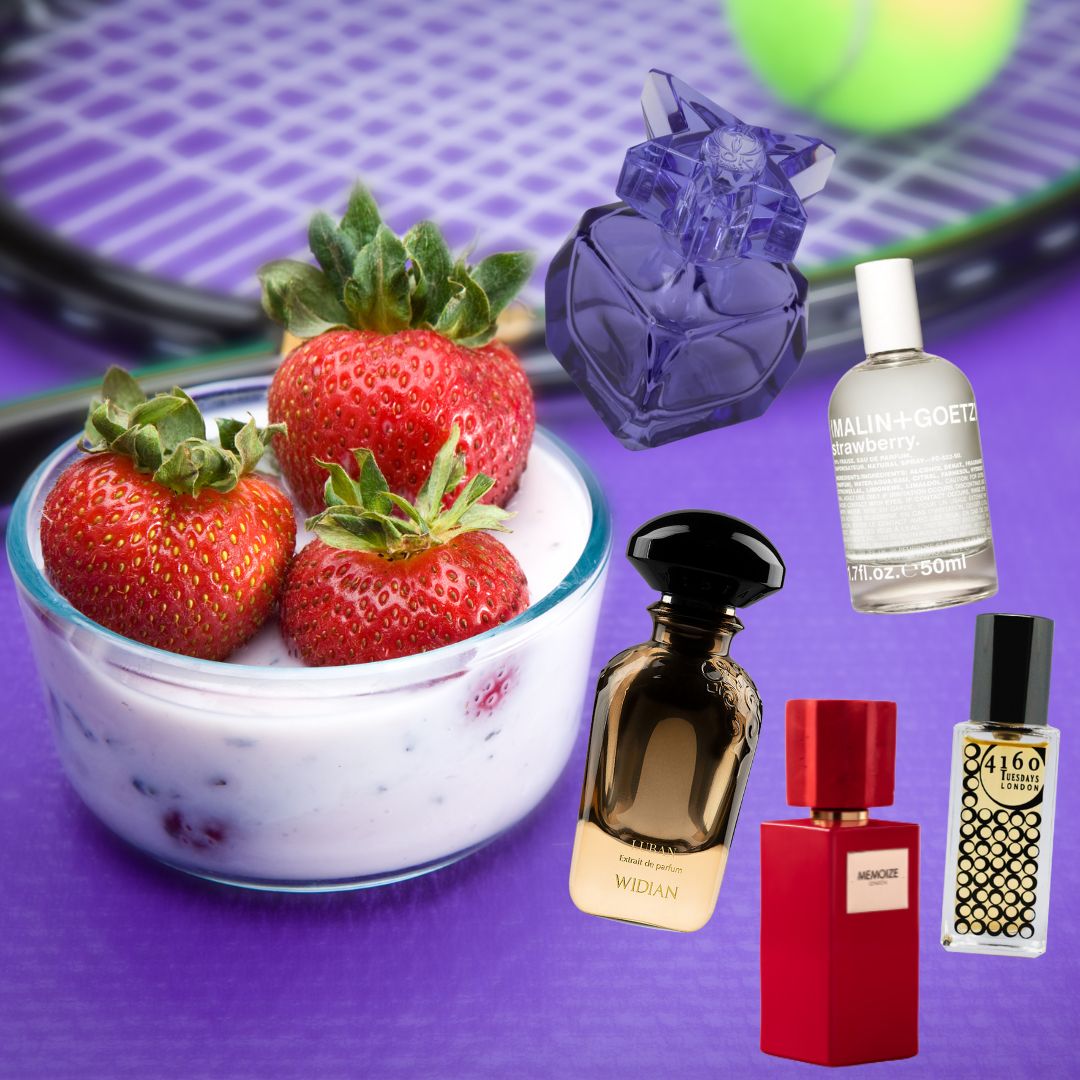Fragrance lamps and salt lamps are both enjoying a lot of popularity these days. Both have some very good benefits but which one to choose? I will try to give the reader some information to help them make a better choice for their respective situations.
Fragrance lamps have been around since the mid 1800’s, when their primary use was to help reduce the bad smells in the hospitals and morgues. By a catalytic process (a catalyst is a chemical substance that increases or decreases the rate of a chemical reaction), bad smell molecules are decomposed into harmless substances like CO2 and water. In more modern times fragrance has been added to the alcohol-based fuel to scent the air at the same time. It has also been found that after the initial lighting of the lamp up to 85{bee8127704d84504f0e609892f4aae2fadaef8928510704e10fd390d34970a4d} of bacteria continue to be eliminated from the air for approximately 30 hours.
Fragrance lamps are known by many names-perfume lamps, effusion lamps, catalytic lamps; they can also be known simply by their brand name-Lampe Berger, Scentier, Bel-Air, and many more. However they all work the same. The lamp is filled with your choice of fuel and the wick is allowed to burn for about 3 minutes, then extinguished. The burner retains this heat and remains active because of the catalytic process that has begun until you replace the cover over the wick. This gives the user the advantage of a flameless, low operating temperature and low ozone as a byproduct which effectively removes malodors and bacteria. If aromatics are used they are not burned but emitted slowly and efficiently into the air. The disadvantage of these lamps is that extreme caution must be used when filling them because of the highly flammable nature of alcohol and its vapors. Care must be taken to wipe spills, have a leak proof container and good ventilation. Also in the initial lighting of the wick it must not be left unattended because the flame can sometimes reach as high as 5-6″.
Salt lamps are basically a piece of mined salt that has been hollowed out to make room for a tealight or small light bulb (5-25 watts). The mined salt usually comes from the Himalayas, Russia or central Europe and the finished lamps range in colors from salmon-pink to pale orange. By heating these lamps negative ions are produced. Negative ions combine with pollutants, making them heavy so that they fall to the ground and are unable to be inhaled. This is especially beneficial for allergy sufferers and asthmatics. Negative ions also help increase blood flow to the brain sharpening concentration.
Crystal salt lamps are made from rock salt that has been refined to a greater degree. In ancient times this crystal rock salt was reserved for royalty; the common person only had ordinary rock salt but the lamps work exactly the same. By lighting a candle or a bulb the salt lamp is heated gently; this is what leads to the emission of the negative ions. The lamps with a small bulb are better for ionization because more surface area is illuminated for a longer time; electrical precautions must be followed. Of course if you are using a candle salt lamp you will have a small flame and the usual precautions must be taken. There is no scent given off with salt lamps because no added fuel is used, but the air does seem to “smell” fresher after use.
In conclusion, both types of lamps help remove odors from the air; fragrance lamps also help reduce the amount of bacteria in the air. Fragrance lamps can perfume the air but not salt lamps-they make the air seem fresher. Both fragrance lamps and candle salt lamps have an open flame and precautions must be taken; however the flame is blown out on the fragrance lamp after 3 minutes. The alcohol-based fuel and its vapors are highly flammable; there is no fuel involved in burning a salt lamp. Both lamps are beautiful additions to any home or office.

Articles, tips and products about cosmetics and beauty care

